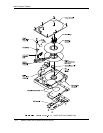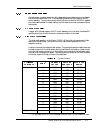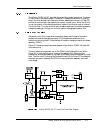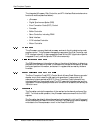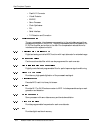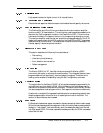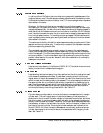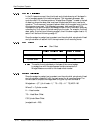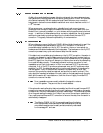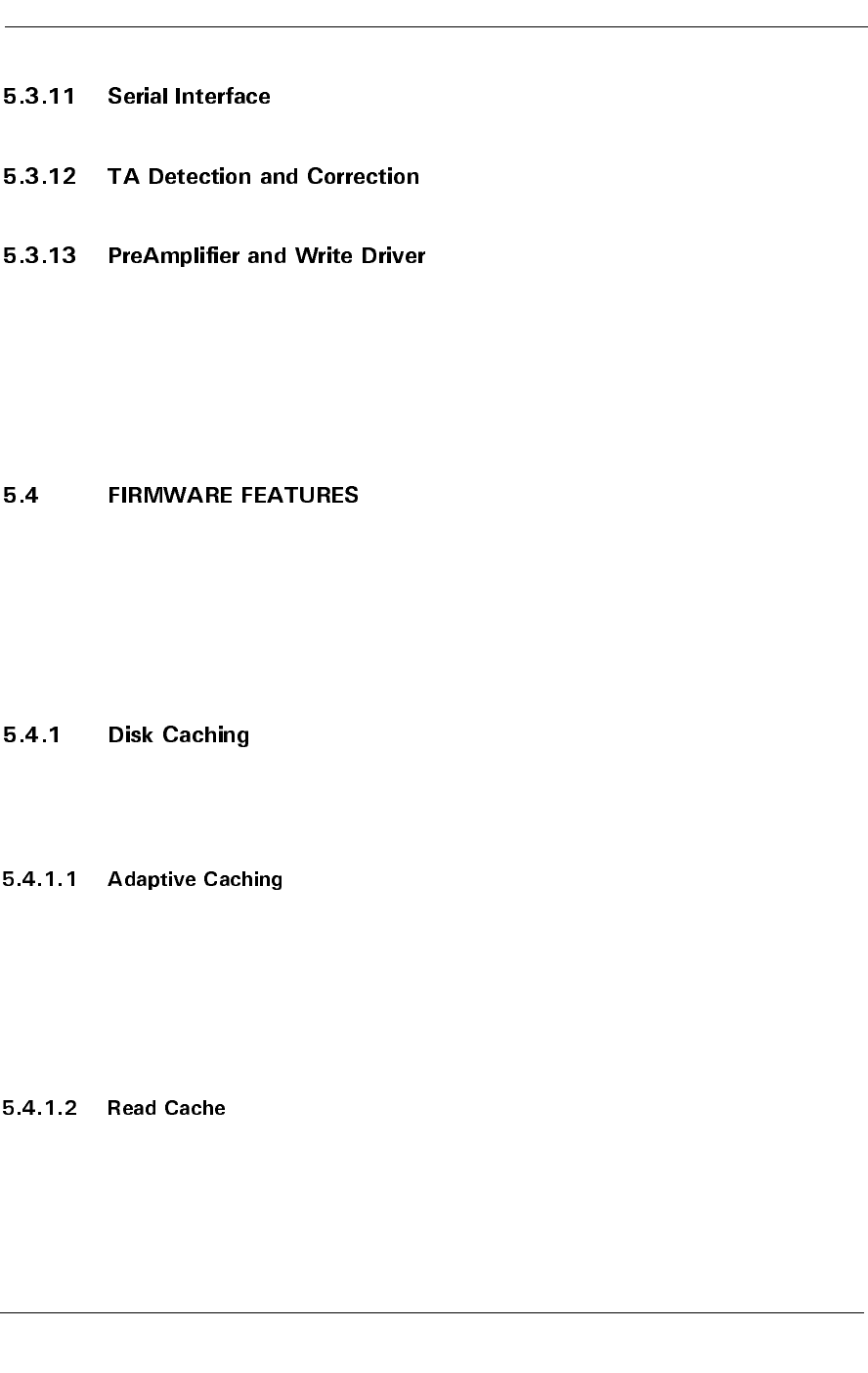
Basic Principles of Operation
Maxtor D540X-4K 20.4/40.0/60.0/80.0 GB AT 5-9
High speed interface for digital control of all internal blocks.
Detects thermal asperities’ defective sectors and enables thermal asperity recoveries.
The PreAmplifier and Write Driver provides write driver and read pre-amplifier
functions, and R/W head selection. The write driver receives precompensated write
data from the PreCompensator module in the Read/Write ASIC. The write driver
then sends this data to the heads in the form of a corresponding alternating current.
The read pre-amplifier amplifies the low-amplitude voltages generated by the R/W
heads, and transmits them to the VGA module in the Read/Write ASIC. Head select
is determined by the controller. The preamp also contains internal compensation for
thermal asperity induced amplitude variation.
This section describes the following firmware features:
• Disk caching
• Head and cylinder skewing
• Error detection and correction
• Defect management
The Maxtor D540X-4K AT hard disk drives incorporate DisCache, a 380 K
(minimum) disk cache, to enhance drive performance. This integrated feature is user-
programmable and can significantly improve system throughput. Read and write
caching can be enabled or disabled by using the Set Configuration command.
The cache buffer for the Maxtor D540X-4K drives features adaptive segmentation for
more efficient use of the buffer’s RAM. With this feature, the buffer space used for
read and write operations is dynamically allocated. The cache can be flexibly divided
into several segments under program control. Each segment contains one cache entry.
A cache entry consists of the requested read data plus its corresponding prefetch data.
Adaptive segmentation allows the drive to make optimum use of the buffer. The
amount of stored data can be increased.
DisCache anticipates host-system requests for data and stores that data for faster access.
When the host requests a particular segment of data, the caching feature uses a prefetch
strategy to “look ahead”, and automatically store the subsequent data from the disk
into high-speed RAM. If the host requests this subsequent data, the RAM is accessed
rather than the disk.




